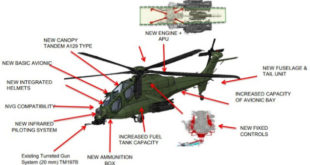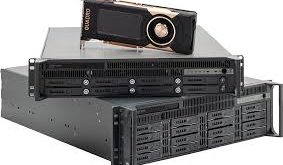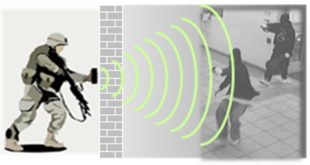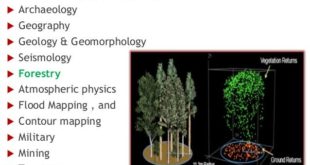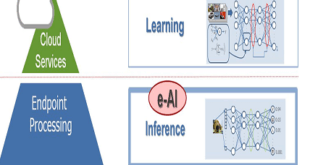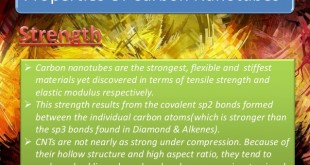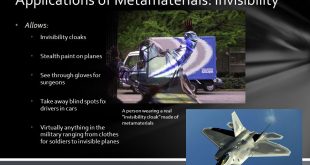In recent weeks, concern over the emergence of a novel coronavirus in China has grown exponentially as media, experts and government officials around the world have openly worried that this new disease has the potential to develop into a global pandemic. As the ongoing coronavirus outbreak centered in China has spread …
Read More »Next Quantum Cryptology (QKD) revolution is Quantum Communications between Drone and ground and between drones
Quantum cryptography is an emerging technology in which two parties may simultaneously generate shared, secret cryptographic key material using the transmission of quantum states of light. A unique aspect of quantum cryptography is that Heisenberg’s uncertainty principle ensures that if Eve attempts to intercept and measure Alice’s quantum transmissions, her …
Read More »Helicopter technology developments and trends driven by their rising employment in civil and military missions
The helicopter is a type of aircraft which is lifted and propelled by one or more sets of horizontally revolving overhead rotors. It has two rotors that spin several blades. A blade is a tilted airfoil, just like an airplane wing. As it speeds through the air, each blade generates …
Read More »Modern Bigdata Battlefield requires rugged commercial-off-the-shelf (COTS) Computers and Servers
Military is increasingly looking to commercial ICT devices like Smartphones and tablets and they are rapidly making their way into military operations. Modern ICT devices can provide “information superiority” to military by providing information with greater timeliness, relevance, accuracy, and comprehensiveness than to an adversary. Intelligence and military applications rely on …
Read More »New radar imaging chips enable Through the wall imaging or Wall-penetrating radar on Android smartphones
Security forces require effective ground ISR technologies that can overcome these challenges and provide effective situational awareness. One of the technologies useful in such situations is through-wall imaging which apply radio frequency (RF) and other sensing modes to penetrate wall materials and optimally estimate the terrorists hiding in other rooms …
Read More »LIDAR proving to be a valuable sensor for Smarter space management, Infrastructure monitoring, Security and Disaster Response
Lidars (Light Detection and Ranging) are similar to radars in that they operate by sending light pulses to the targets and calculate distances by measuring the received time. The key advantages of LIDAR is its superior accuracy and its ability to see through masking items, such as leaves, trees, and …
Read More »Embedded AI or Tiny AI, the next revolution in embedded systems and Military internet of things (MIOT)
The general definition of AI is the capability of a computer system to perform tasks that normally require human intelligence, such as visual perception, speech recognition and decision-making. Machine Learning (ML) is a subfield of Artificial Intelligence which attempts to endow computers with the capacity of learning from data, so that …
Read More »Carbon Nanotubes to usher carbon revolution for post silicon future, reduce Carbon Dioxide emissions to construct hypersonic weapons s
Carbon nanotubes (CNTs) are hollow cylindrical tubes formed by rolling a sheet of carbon atoms arranged in a hexagonal ring, as in a sheet of graphite, either in monolayer (single walled nanotube, SWCNT) or multilayer (multi-walled nanotube, MWCNT) form. Their diameter may range from 0.7 (SWCNT) to 50 naometers …
Read More »Meta materials based Radar cloaks to hide warships, drones and fighter planes from radars
Stealth technology has proven to be one of the effective approaches to enhance the survivability of Aircrafts. Aircraft/helicopter designers are making them stealthier by reducing their signatures; viz. visual, aural, infrared (IR), and RADAR cross section. Advancements in stealth technologies, as demonstrated by the very low RCS of stealth aircraft …
Read More »Quantum Gravity Sensor technology advancing for oil, gas and mineral exploration, resilient maritime navigation to brain mapping
Quantum sensors are measuring device that takes advantage of quantum correlations, such as states in a quantum superposition or entanglement, for better sensitivity and resolution than can be obtained by classical systems. QP will boost the capabilities of all sorts of sensory devices, such as gravimeters, which are used to …
Read More » International Defense Security & Technology Your trusted Source for News, Research and Analysis
International Defense Security & Technology Your trusted Source for News, Research and Analysis


